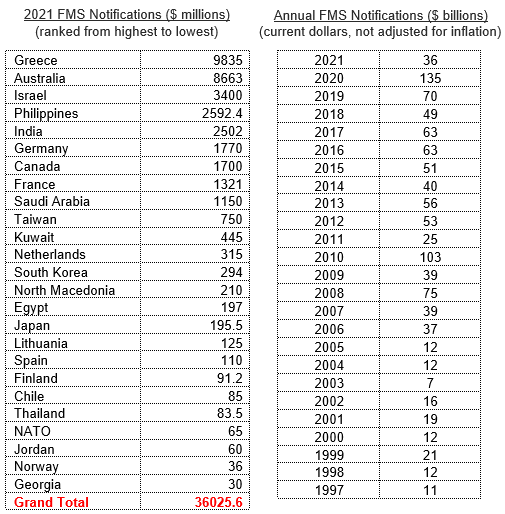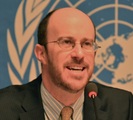Video of that event is available at https://youtu.be/3RagDZRtkIo?t=233
After the event, panelists provided the following recommendations, slides and resources, building off of their comments during the event:*
Cor Oudes, program lead at PAX (see slides)
- Our study shows an interesting route toward improvement of human rights due diligence by arms producers. To a significant extent, their European financial backers do see, acknowledge and act on the risk of arms sales to high risk countries. However, their action is too limited and gives arms producers plenty of room to continue to attract financing while also continuing high risk arms sales. Banks that have policy but limit application in scope, should extend the application of these policies.
- Banks without policies on the issue of high-risk arms trade should develop and implement these policies as soon as possible. Good policy on high risk arms trade includes the relevant risk criteria, places the responsibility for human rights due diligence with the arms company (and the bank as part of its value chain) and is based on the Arms Trade Treaty and where possible on the EU Common Position on Arms Exports.
- Implementation by banks should focus on engagement with arms producers to achieve much stronger human rights due diligence on the side of the arms producer when selling arms. Engagement should have clear goals and timelines, and if unsuccessful, banks should terminate their business relations with the arms company.
- See our report for more detailed recommendations to arms companies as well as financial institutions.
Lana Baydas, Senior Program Manager, ABA Center for Human Rights
- As noted in the “Responsible Business Conduct in the Arms Sector” Information note by the UN Working Group on Business and Human Rights, the international community should define what “clear risk” for the prohibition of arms transfers constitutes so that it is not left to the subjective interpretation of member states and tailored to political interests and will.
- States should include a mandatory Human Rights Due Diligence for arms companies in national legislation. Without a strong and meaningful commitment, any due diligence processes will be merely checking the box.
- States should harmonize their terms with regard to the prohibition of arms transfers. There are different stands as to what point the arms transfers prohibition applies; some at the actual knowledge “knows” while others at the constructive knowledge “should know” of a likelihood of misuse. This variation could result in exploitation by exporters to find lenient jurisdiction.
- Arms companies should integrate into their human rights due diligence program a component of end-use monitoring, which is perhaps the most important component, to ensure that the defense articles and services are not involved in the commission of serious violations of international human rights and humanitarian law. This could be done by arms exporters requiring that their clients submit periodic and incident reports concerning their usage of the defense articles and services complementing the efforts of the regulatory authorities to monitor the diversion of weapons. Exporters should engage in periodic audits and site inspections. Exporters must track developments by collecting open-source information and consistently engaging with the client and other stakeholders.
Jillianne Lyon, Program Director, Investor Advocates for Social Justice (see slides)
- Holistic regulation is needed to prioritize human rights due diligence.
- Investors have a responsibility to ensure they are not contributing to harm
Recommended Resources (all in one place)
- "High-risk arms trade and the financial sector," PAX, July 2022.
- Cor Oudes' slides (PAX)
- "Defense Industry Human Rights Due Diligence Guidance," American Bar Association Center for Human Rights, August 17, 2022.
- "Responsible business conduct in the arms sector: Ensuring business practice in line with the UN Guiding Principles on Business and Human Rights," Information Note by the UN Working Group on Business and Human Rights, August 30, 2022.
- Shareholders proposals resource page, Investor Advocates for Social Justice (IASJ)
- Jillianne Lyon's slides (IASJ)
- See also the resource guides to previous related events co-hosted by the Forum in 2021: "Evolving Financial Approaches to Disarmament and Weapons" (Oct 21) and "Divestment and Transition) (July 21)
* Panelists at this event do not necessarily endorse the views and opinions of others, nor does the Forum necessarily endorse the views and opinions of others. Please feel free to contact panelists directly for additional conversation.











 RSS Feed
RSS Feed